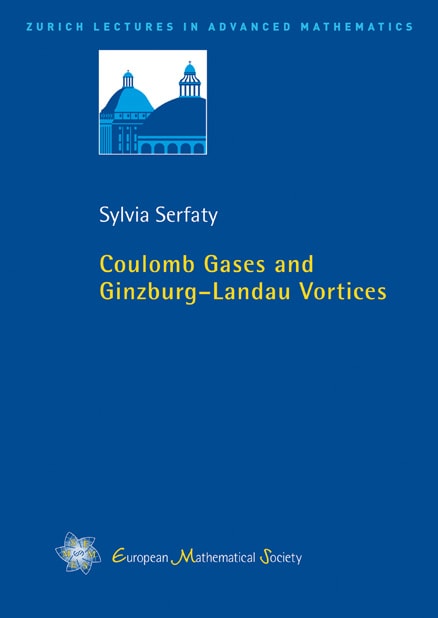Coulomb Gases and Ginzburg–Landau Vortices
Sylvia Serfaty
Université Pierre et Marie Curie (Paris VI), France

A subscription is required to access this book.
The topic of this book is systems of points in Coulomb interaction, in particular, the classical Coulomb gas, and vortices in the Ginzburg–Landau model of superconductivity. The classical Coulomb and Log gases are classical statistical mechanics models, which have seen important developments in the mathematical literature due to their connection with random matrices and approximation theory. At low temperature, these systems are expected to “cristallize” to so-called Fekete sets, which exhibit microscopically a lattice structure.
The Ginzburg–Landau model, on the other hand, describes superconductors. In superconducting materials subjected to an external magnetic field, densely packed point vortices emerge, forming perfect triangular lattice patterns, so-called Abrikosov lattices.
This book describes these two systems and explores the similarity between them. It presents the mathematical tools developed to analyze the interaction between the Coulomb particles or the vortices, at the microscopic scale, and describes a “renormalized energy” governing the point patterns. This is believed to measure the disorder of a point configuration, and to be minimized by the Abrikosov lattice in dimension 2.
The book gives a self-contained presentation of results on the mean field limit of the Coulomb gas system, with or without temperature, and of the derivation of the renormalized energy. It also provides a streamlined presentation of the similar analysis that can be performed for the Ginzburg–Landau model, including a review of the vortex-specific tools and the derivation of the critical fields, the mean-field limit and the renormalized energy.